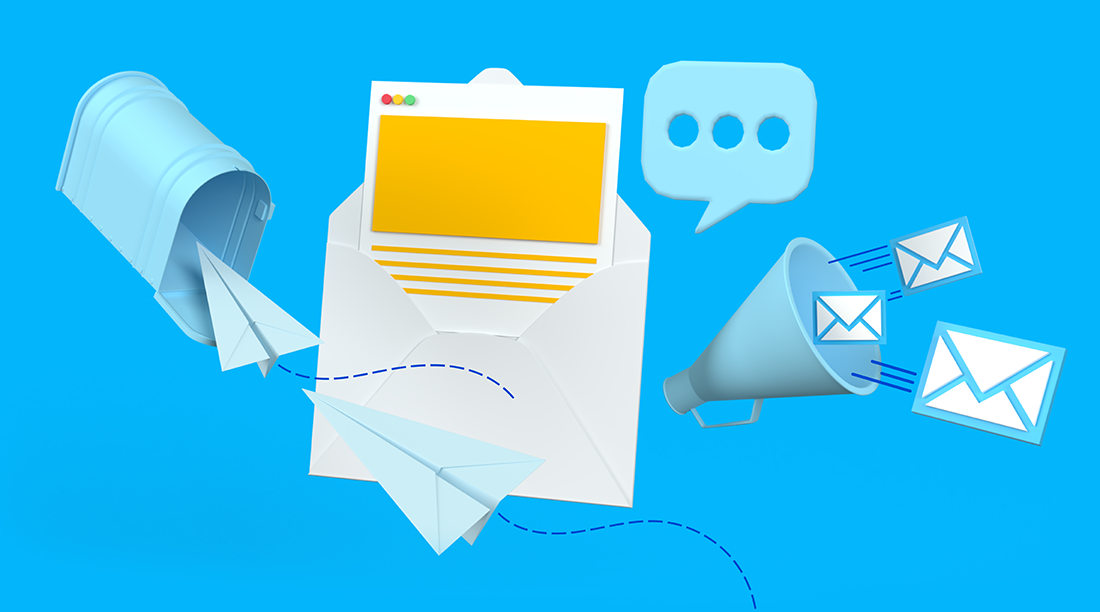Email marketing remains a cornerstone of digital marketing strategies, offering a direct and personalized way to engage with your audience. However, to reap the full benefits of email marketing, it’s essential to follow best practices that ensure your emails not only reach your subscribers’ inboxes but also capture their attention and drive meaningful engagement. In this article, we’ll explore email marketing best practices for engaging your subscribers effectively.
1. Build a Quality Email List:
- Permission-Based Opt-Ins: Ensure that your email list consists of subscribers who have willingly opted in to receive your emails. Avoid purchasing email lists, as they often result in low engagement and potential legal issues.
- Segmentation: Segment your email list based on factors such as demographics, interests, and past behavior. This allows you to send highly targeted and relevant content.
2. Craft Compelling Subject Lines:
- Clear and Intriguing: Your subject line should be clear, concise, and intriguing. It should entice subscribers to open the email by offering value or piquing their curiosity.
- Avoid Spammy Tactics: Avoid using excessive capitalization, special characters, or misleading subject lines that may trigger spam filters.
3. Create Valuable and Relevant Content:
- Personalization: Use personalization tokens to address subscribers by name. Craft content that speaks directly to their needs, preferences, and pain points.
- Visual Appeal: Use visually appealing email templates that are mobile-responsive. Incorporate images and multimedia content to enhance engagement.
4. Engaging Email Copy:
- Clear and Concise: Keep your email copy clear, concise, and scannable. Use short paragraphs, bullet points, and headings to break up text.
- Compelling Call-to-Action (CTA): Include a compelling CTA that encourages subscribers to take a specific action, such as clicking a link or making a purchase.

5. Timing and Frequency:
- Optimal Send Times: Determine the best times to send emails based on your audience’s habits and preferences. A/B testing can help identify the ideal timing.
- Frequency: Avoid overwhelming subscribers with excessive emails. Find a balance that keeps your brand top-of-mind without becoming intrusive.
6. Mobile Optimization:
- Responsive Design: Ensure that your emails are mobile-responsive, as a significant portion of subscribers accesses emails on mobile devices.
7. A/B Testing:
- Constant Testing: Continuously A/B test different elements of your emails, including subject lines, content, CTA buttons, and send times, to optimize performance.
8. Email List Maintenance:
- Regular Cleaning: Periodically clean your email list by removing inactive or unengaged subscribers. This improves deliverability rates and focuses your efforts on engaged recipients.
9. Analyze and Learn:
- Metrics Tracking: Monitor key email metrics, such as open rates, click-through rates, conversion rates, and unsubscribe rates. Use these insights to refine your email marketing strategy.
10. Compliance and Privacy:
- GDPR and CAN-SPAM Compliance: Ensure that your email marketing practices comply with relevant data protection and privacy regulations, such as GDPR (for European subscribers) and CAN-SPAM (for U.S. subscribers).
In conclusion, email marketing remains a potent tool for engaging with your audience, driving conversions, and building brand loyalty. By following these best practices, you can create email campaigns that not only land in your subscribers’ inboxes but also captivate their attention and deliver value, resulting in higher engagement and a more successful email marketing strategy.
